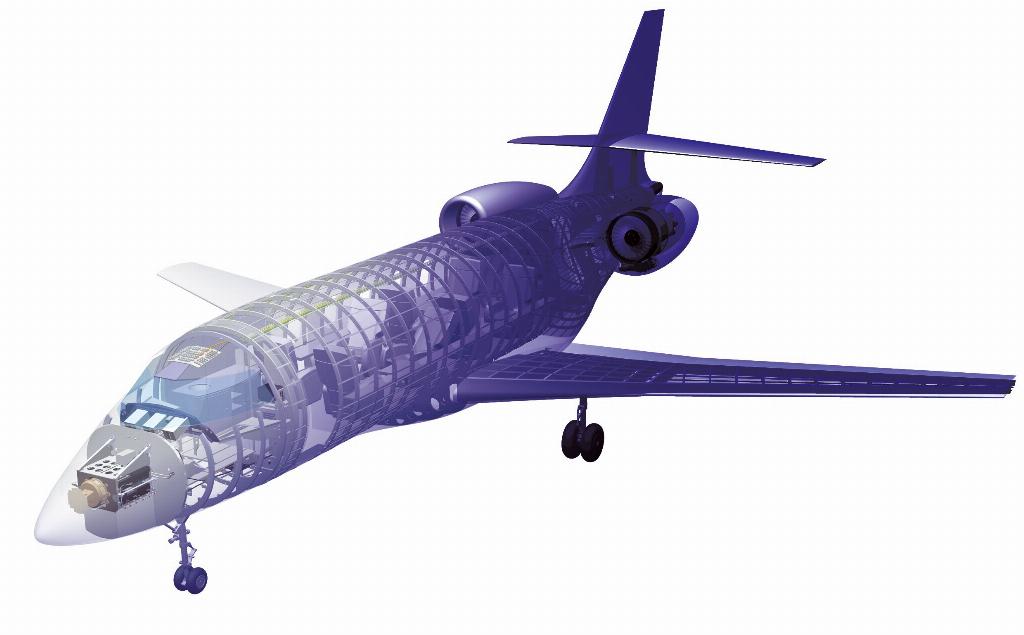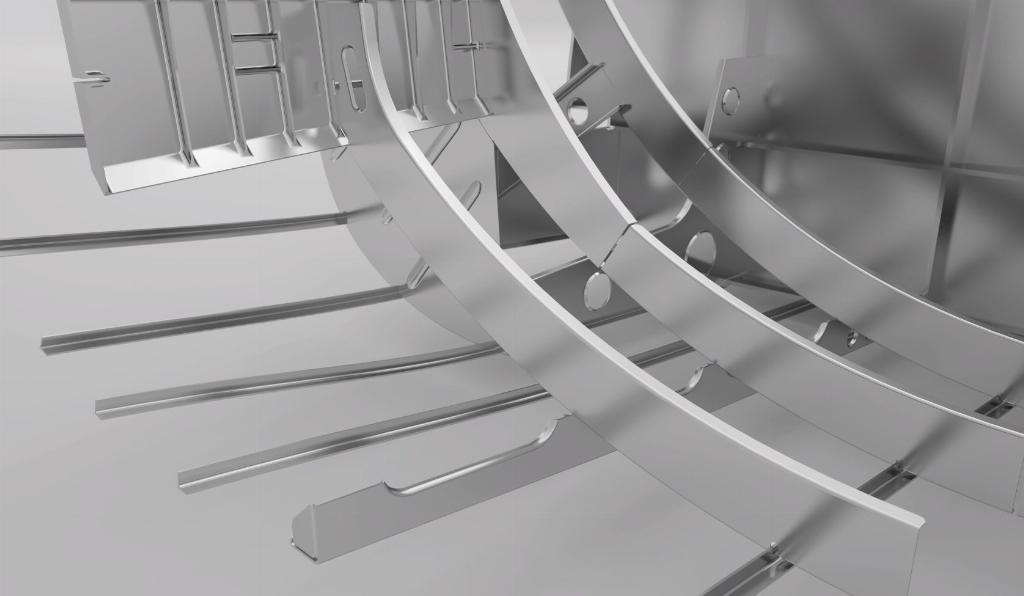Taking the holistic view

Mike Richardson hears the experience of Dassault Systèmes as it looks back on the many twists and turns involved in the design and manufacture of the revolutionary Boeing 787 Dreamliner.
When Boeing laid down its blueprint for how future aircraft could be visualised, it turned to Dassault Systèmes and its formative model-based systems engineering software approach to satisfy the ambitious aims of the 787 Dreamliner programme; especially in terms of the advanced composite material for major structural elements and increasing adoption of the all-electric aircraft (AEA) philosophy.
Boeing went further by assigning its global subcontractors to do more fabrication themselves, and deliver completed subassembly work packages for final assembly at its facility in Everett, Washington. However, delegating so much of this responsibility saw the programme go over budget and suffer severe delays. The risk of tiered outsourcing very nearly ended in tears.
As a pioneer, Boeing recognised that new horizons wouldn’t be found by going down the same old roads. Dassault Systèmes’ 3DEXPERIENCE product lifecycle management (PLM) applications led to a transformation of how Boeing’s aircraft were to be designed and built. By developing the Relational Design (morphing) elements of the 3DEXPERIENCE platform, where the impact of component design or material change is replicated and then passed to all participants involved in the programme, the nature of the work of systems engineers also changed.
A system of systems
The impact of Relational Design also meant that when Boeing wanted to develop the 787-9 and 787-10 derivatives by stretching the original -8 design, it could do so with relative ease.
“Boeing took a full model-based approach to develop the B787 as a system of systems,” begins Dassault Systèmes’ aerospace and defence vice-president, Mich Tellier. “When we came onboard, Boeing wanted to target five major transformations and integrate them within the 787, including composite structures, adopting an all-electric aircraft philosophy, the creation of a partnership model with its global supply chain partners, developing the aircraft as a ‘system of systems’ and finally, the application of our 3DEXPERIENCE technology.

“We broke the work package down into 52 sections and employed innovation teams working with Boeing to provide solutions in key areas. Our support meant creating what Boeing called the ‘global collaboration environment’ by taking our 3DEXPERIENCE technology, which could be used at a team- or programme-level, and making it globally available so that everyone around the world was working directly on the same digital mock-up at the same time. The first goal was ensuring that regardless of where you were, you had the same kind of integrated design environment and could be working collaboratively with someone who was on the other side of the world at the same time.”
It proved a very challenging time. Dassault Systèmes had to quickly learn about work latency and security. In the end, the company was operating in over 100 sites with approximately 50 different companies and at any one time, including upwards of 2,000 engineers speaking 16 different languages.
“Our biggest challenge was building this technology and getting it into production in a robust way where it delivers value and doesn’t create risk for the programme. Alongside Boeing, we had to deliver this capability, keep the programme on schedule and avoid creating schedule risk. We also had to manage the transformation of programme engineers who were working in new ways with new tools and new methods and processes. We were very structured and identified with each supply chain partner the standard methods, data and tools needed. We actually trained and supported everybody locally, rather than centrally within their offices.

“The next job meant working on the Relational Design aspect of the programme. The approach was very simple in that Boeing’s design rules and engineering rules were all integrated into the same software. Design information was provided to the engineers so that when they engineered a structure or a system, the context was informing the system and doing a lot of the design semi-autonomously. More importantly, if the design changed the load case, the interface or signal, our software could identify everything that was impacted by that change because it was linked and, in most cases, could propagate the change automatically.
“The workload associated with making these kinds of changes was significantly reduced. The real goal wasn’t necessarily to accommodate changes throughout the execution of the programme; it was mostly because we anticipated future derivative aircraft, i.e. they were going to be longer, have different load cases and different mission profiles. Once aircraft design architectures were established, we could readily ‘morph’ the aircraft into new shapes and decrease - in terms of the orders of magnitude - the work that would be typically involved in producing them.”
In terms of what has been learnt over time from the Dreamliner deployment, Tellier says that from a Boeing perspective, the time taken to get to a steady production rate was significantly longer than what they had anticipated.
“Whilst from Dassault Systèmes’ perspective, the lesson learnt was probably in using much more simulation technology earlier in the programme. It became more important to continuously simulate the performance and the integration using the latest multi-physics and non-linear solver technology to simulate the performance of the systems as they were being developed and integrated intelligently with the structure and simulating factory material flow. Boeing was very advanced in optimising, simulating and virtually designing their shopfloor processes, but this probably wasn’t extended to the entire partner network.

“If we had as aggressively simulated the ‘entire’ flow, regardless of who was doing it, I think it would have mitigated some of the problems we found in the programme later on. The impediment was intellectual property: those manufacturing processes that were being developed and implemented by Boeing’s partners belonged to Boeing’s partners. For us, we must be able to provide platforms that allow that long orchestration from both the simulation design and optimisation perspective, and also do it in a manner that isolates and protects intellectual property.”
Automate to innovate
With 787 programme production now nicely stabilised, Tellier reckons the one advantage of employing more composite materials in the aircraft’s construction means that there is a very high degree of automation in the production process.
“Yes, it is equipment-centric, but rate flexibility is deemed as the number one priority of aerospace manufacturers today in being able to dial up that rate without having to add more production plants,” he concludes. “In comparing the 787 Dreamliner with other aircraft, it’s the fact that there is a corresponding use of automation that gives Boeing so much flexibility. It took a long time to get there and it wasn’t an easy road, but the destination and where Boeing is today in terms of this capability is quite significant.”
Boeing has revolutionised the design, materials and systems of commercial passenger aircraft and transformed its manufacturing, supply chain and support. Without Dassault Systèmes’ help, it couldn’t have designed such a radical new aircraft using the old traditional practices in the time that it was achieved.











